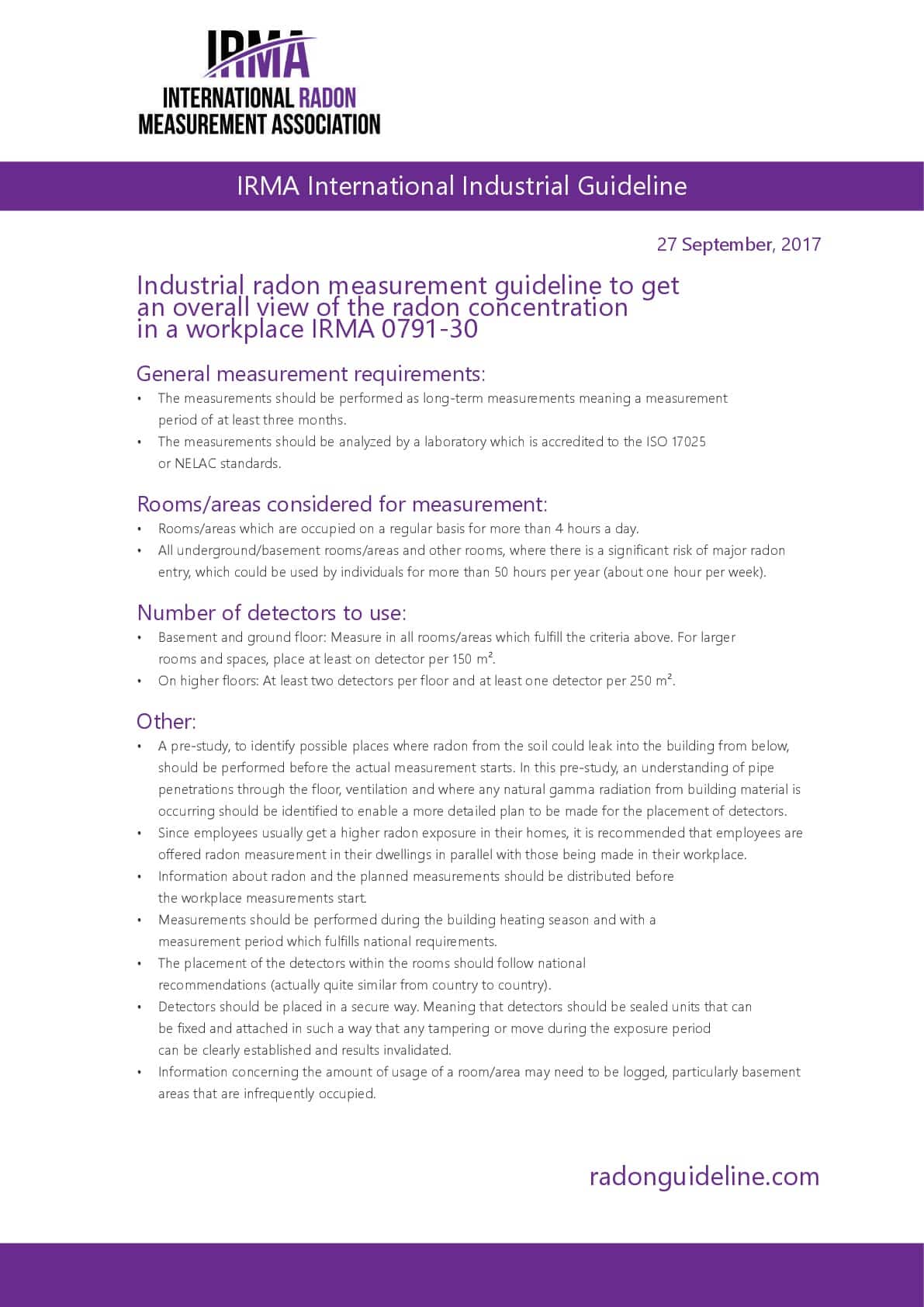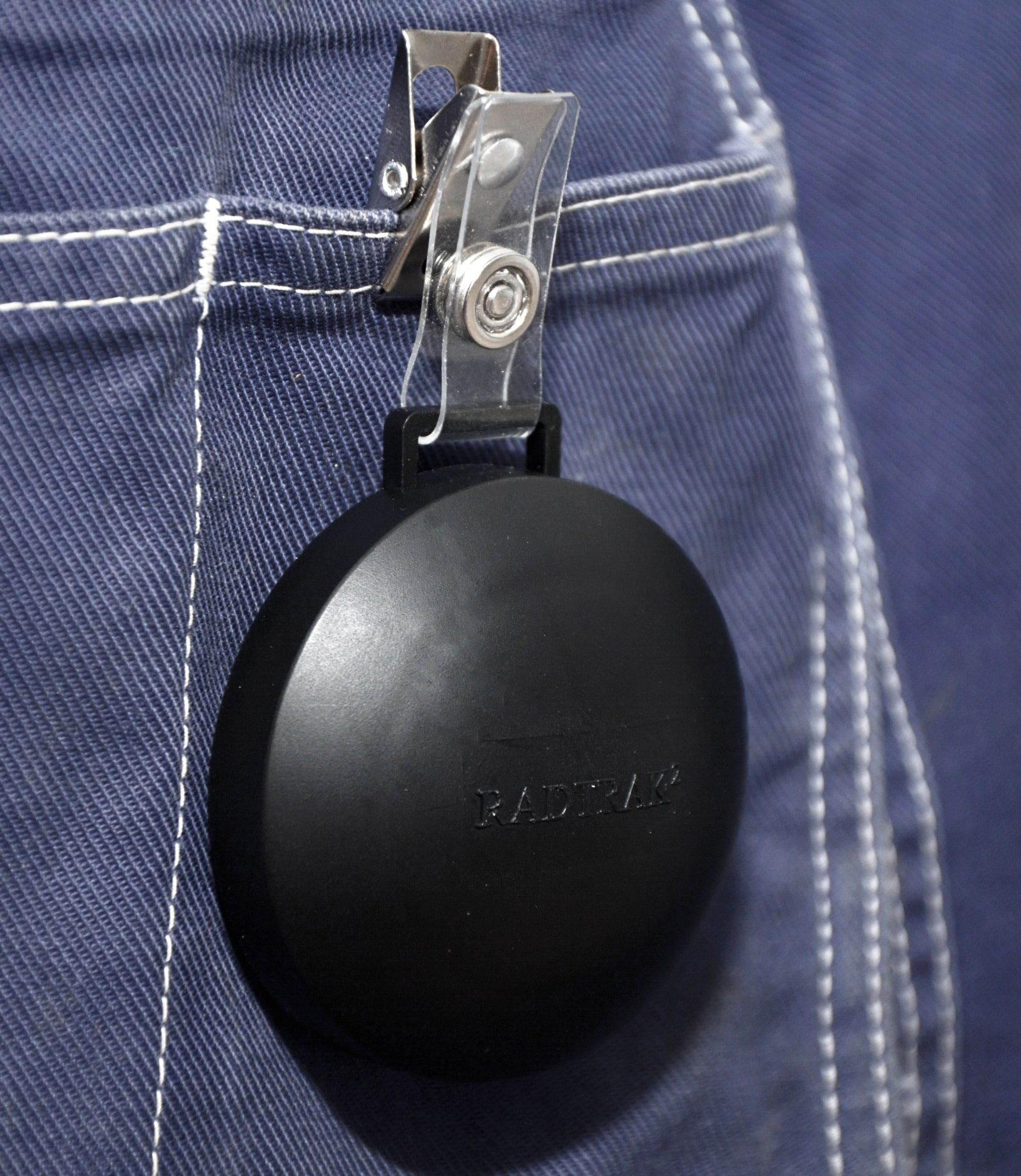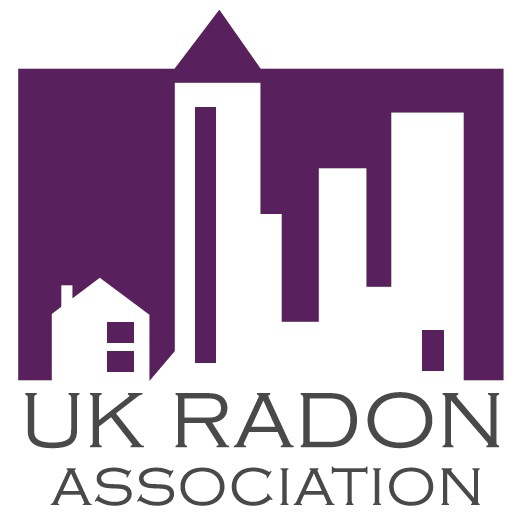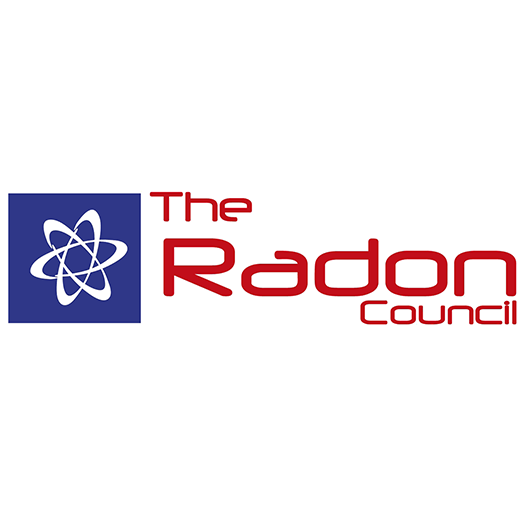Follow-up radon measurement during working hours may be required when the initial long-term measurement resulted in a radon value above the safe threshold. As the long-term measurement is taken over an average of radon concentration during day and night, it won’t indicate the specific level during working hours.
It is common to see different levels of radon between the hours of work or occupation of a building and the hours, typically at night, when the building is empty. From a health and safety point view, it’s the radon concentration during working hours which represents the hazard.
Therefore, it’s important to conduct precise follow-up measurement during working hours before investigating potentially costly remedial measures.
Radonova’s SPIRIT radon sensor provides precise level measurements in real-time, straight to a computer or mobile device, making it ideal for conducting accurate follow-up testing.










